Anzeige: Dieser Beitrag entstand mit Unterstützung der KTM Sportmotorcycle GmbH
Teheran lies at the foot of the mighty Alborz mountain range. But you don’t have to go far and the landscape completely changes.
We had decided to visit two of Iran’s biggest tourist destinations, Isfahan and Yazd, and explore an even bigger one along the way. The desert. It first hits you with its biggest superpower: the heat. And leaves monotony for later.
For obvious reasons, not too many ways lead through the desert. For us it meant we had to take a highway south. 450 kilometers straight. Not the nicest kind of riding. But the further we came, the more mountains were visible at the horizon; looking a bit like Mid-West canyons.
Buhe Iranian welcoming spirit always provides us with little surprises. The driver of the truck above stopped and ran over to our side of the road, so we could sign his guestbook. We did and carried on to Isfahan.
With 3,7 million people Isfahan is as big as Berlin. Its huge central square Naqsh-e Jahan, the Jameh mosque and the widely spread bazar are somehow interwoven and provide a distinct atmosphere unlike any other city.
A Persian proverb goes “Isfahan is half of the world” and there really is a lot to see. The spectacularly minimalist Si-o-se Pol bridge for instance. And it’s way greener than you’d expect from a town surrounded by desert.
We wanted to dip deeper into the desert and carried on to Yazd, 270 kilometers southeast of Isfahan. Another hot day on the bike with temperatures up to 37 degrees.
Yazd is more than 5000 years old and it’s architecture is completely adapted to the heat. The buildings are made of mud brick. The look and the atmosphere put you straight into the Middle Ages.
Notable buildings in Yazd are the Jāmeh Mosque, the Zoroastrian Fire Temple and the Amir Chakhmaq Complex you see below, also a mosque.
But the most important building in Yazd is our hotel. Check this out:
It’s a little behesht – that’s Persian for paradise. We were the only guests in this place. Meganice.
During the day the city looks as nearly deserted as the land around it. People stay inside to avoid the heat. And the houses and their yards are hidden behind tall brown walls.
The extraordinary (or extraordirani?) friendliness of the people also shows in Yazd. When we asked for chain lube at a shop for automotive parts the owner had to pass, but got a friend of his to track us down with his car and drive us to shops of his competitors all over town. Unfortunately they didn’t have chain lube either. But we know where to find some further north.
From Yazd we took our KTMs on a daytrip through the desert to see two places nearby.
The first stop was Chak Chak which means “Drip Drip”. It’s a Zoroastrian mountain shrine. Water comes dripping out of the wall feeding a big single tree. A very pretty sight if it weren’t for the house some built around it. That’s why the only pictures you get are the following two: the view from the inside.
And the mirror selfie of two sweating tourists.
We got back into the desert to go to Kharanaq, a deserted mud brick village.
Apparently the village dates back 4000 years but was abandoned when the water supplies dried up.
It’s a stunning place.
And beneath it all lies a green valley.
But it was time to get back to Yazd.
From Yazd we'll head back north to get a new set of tires in Teheran before we approach the border of Turkmenistan. The next desert is already waiting.





























